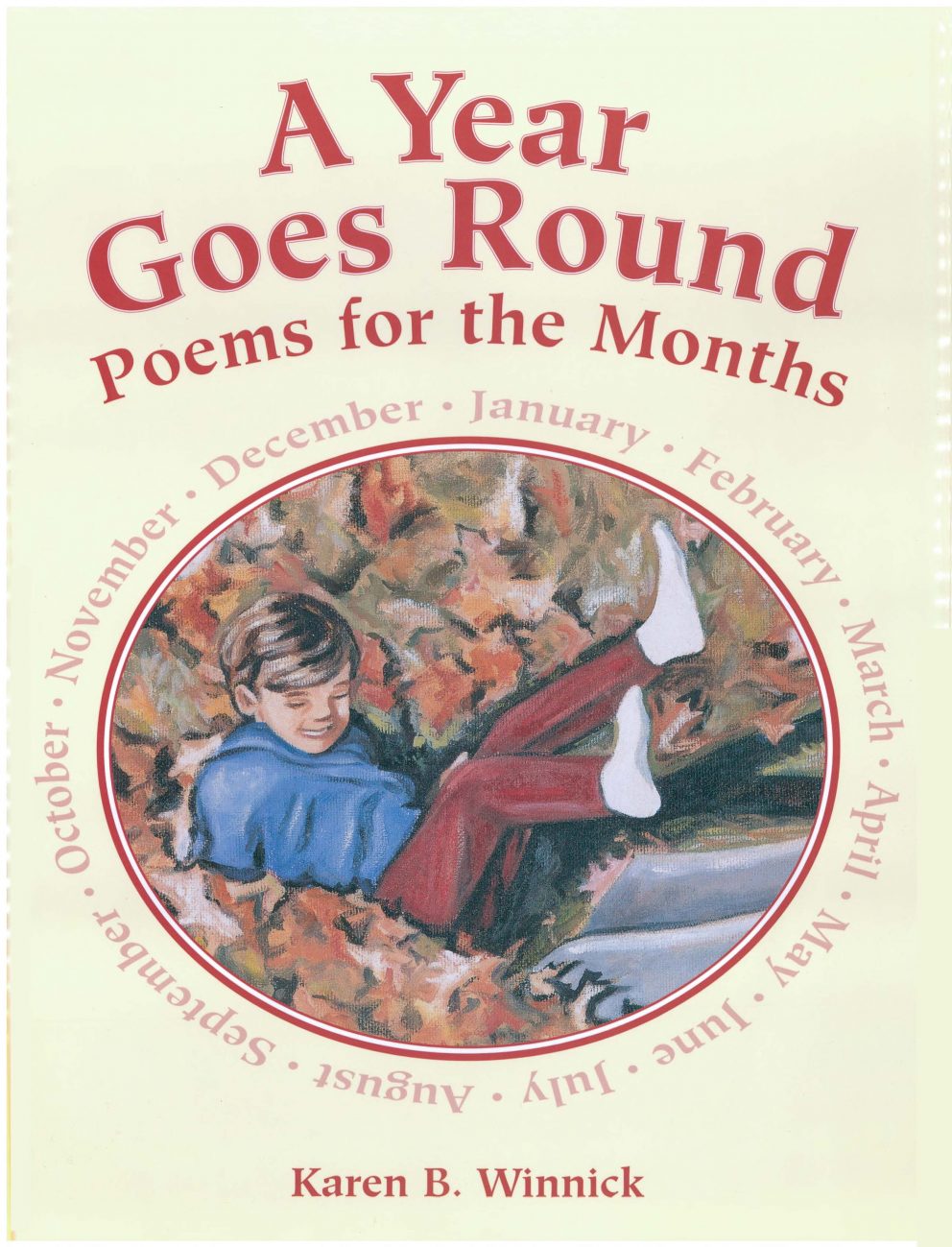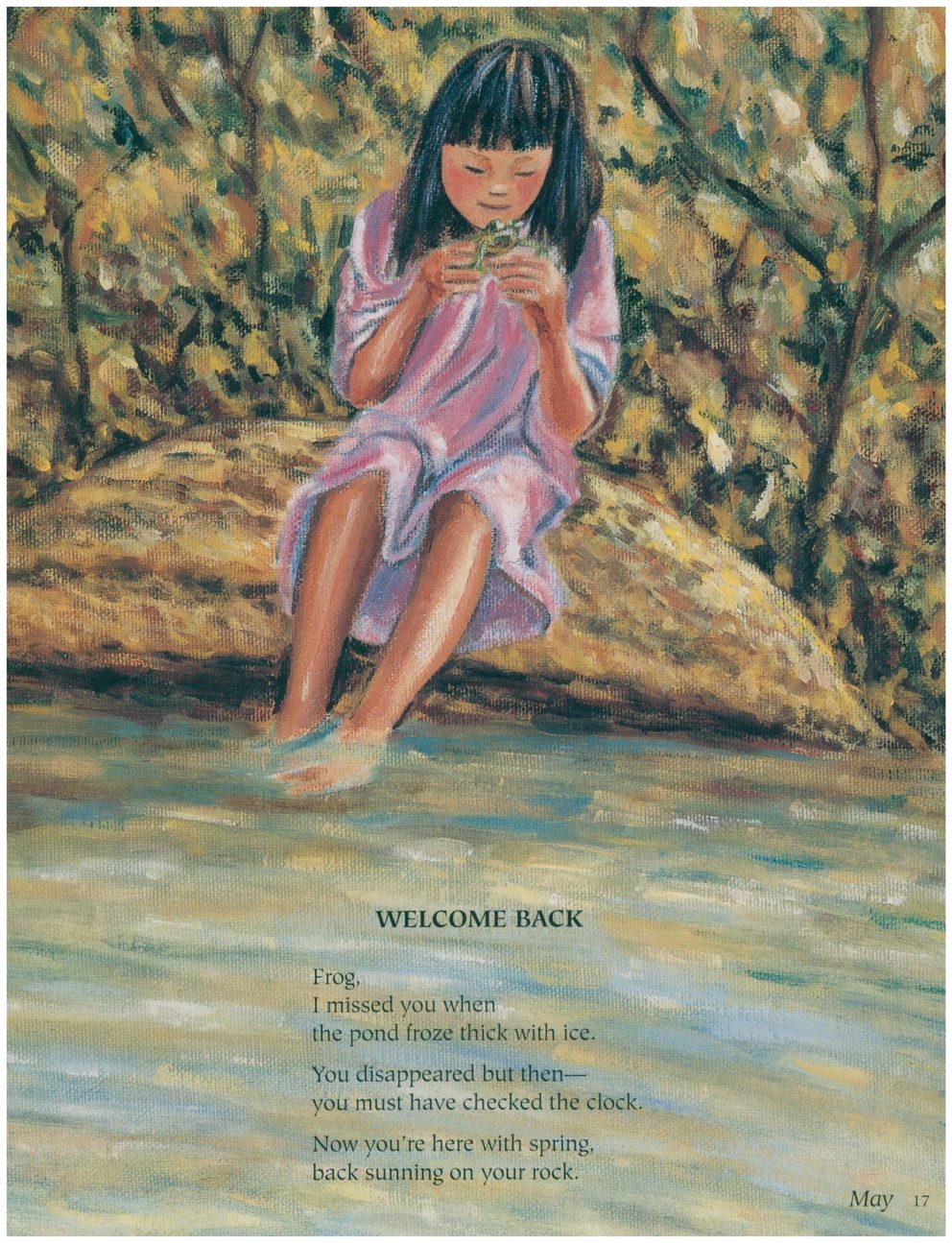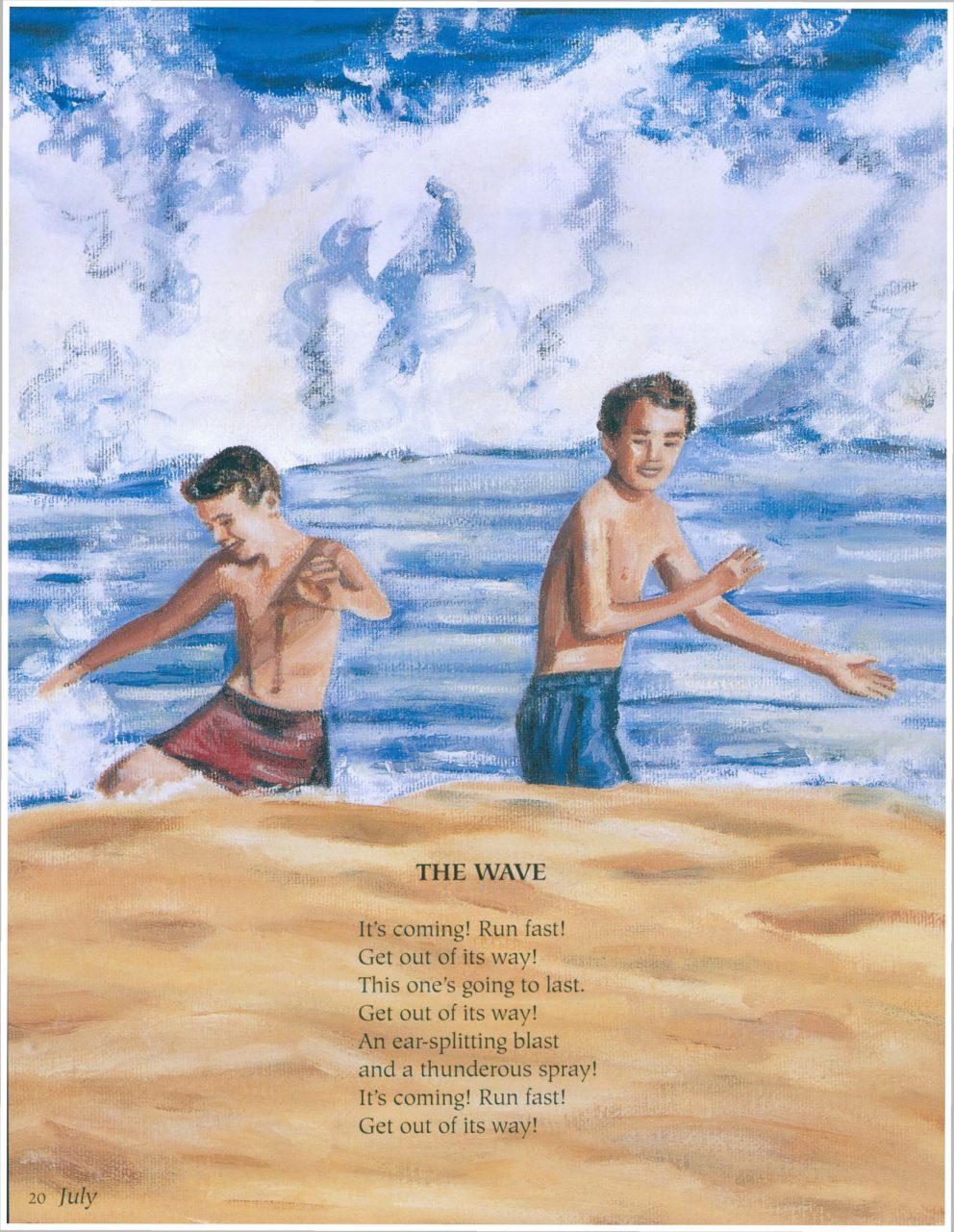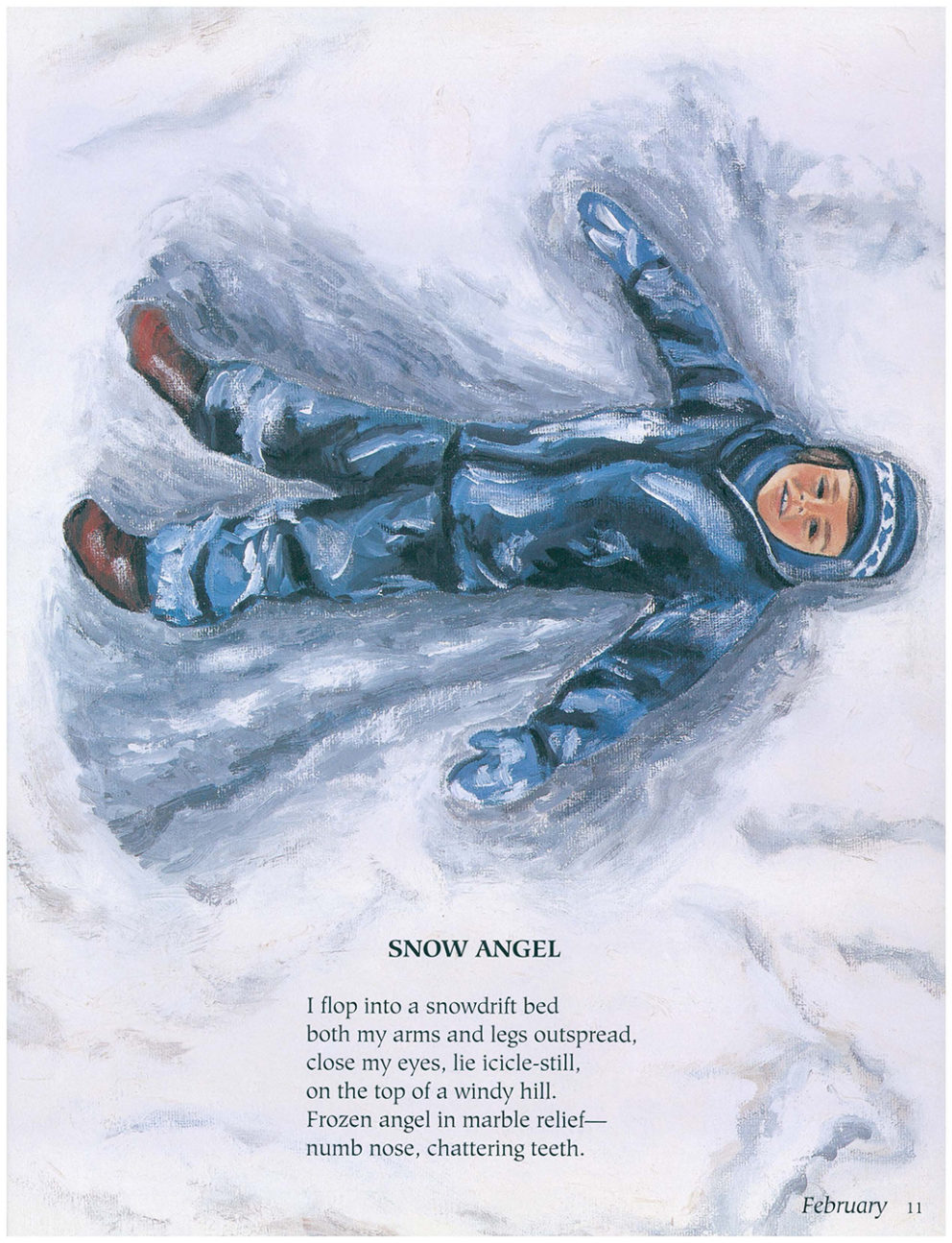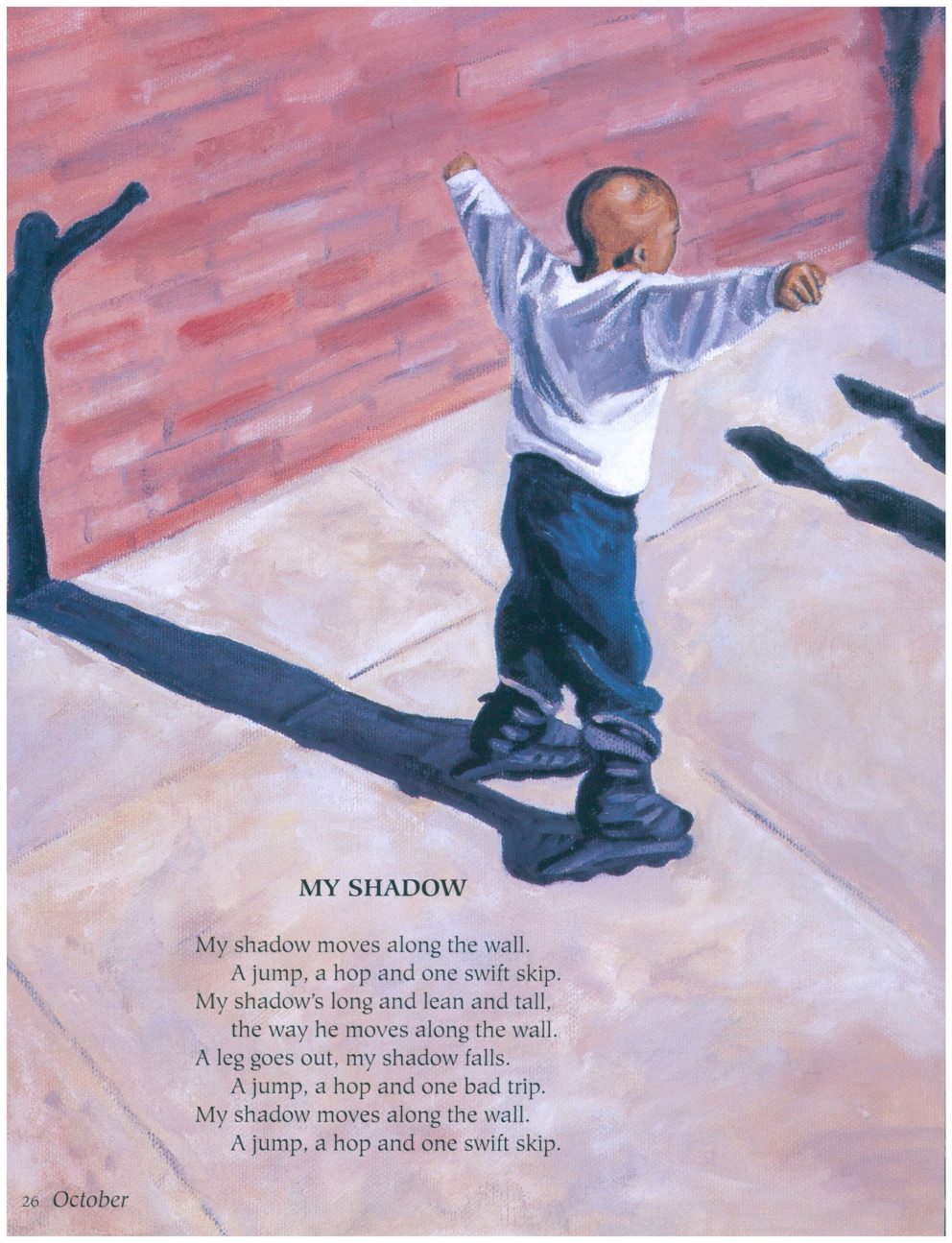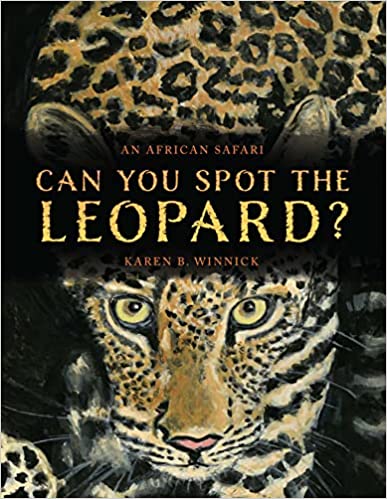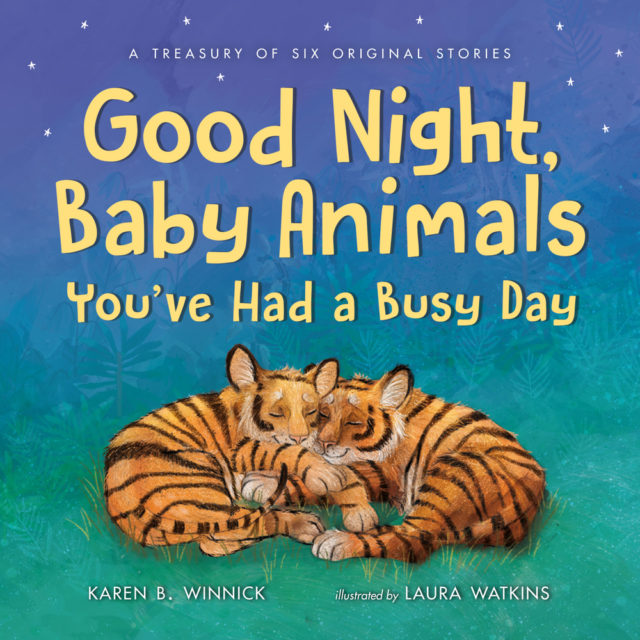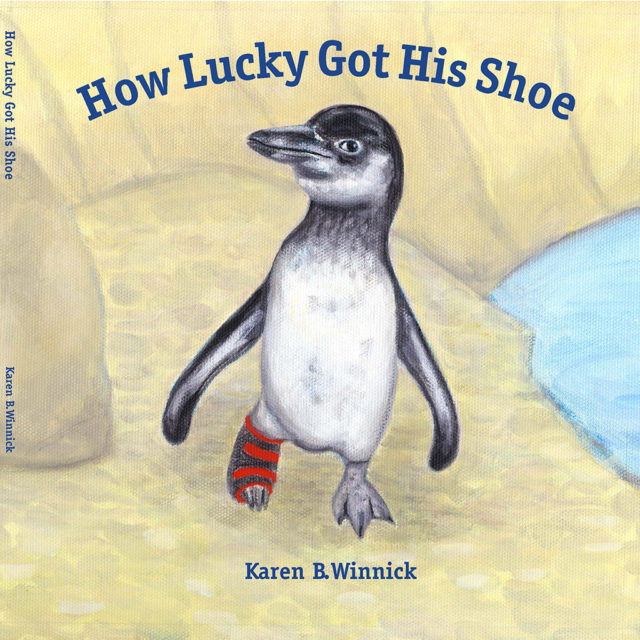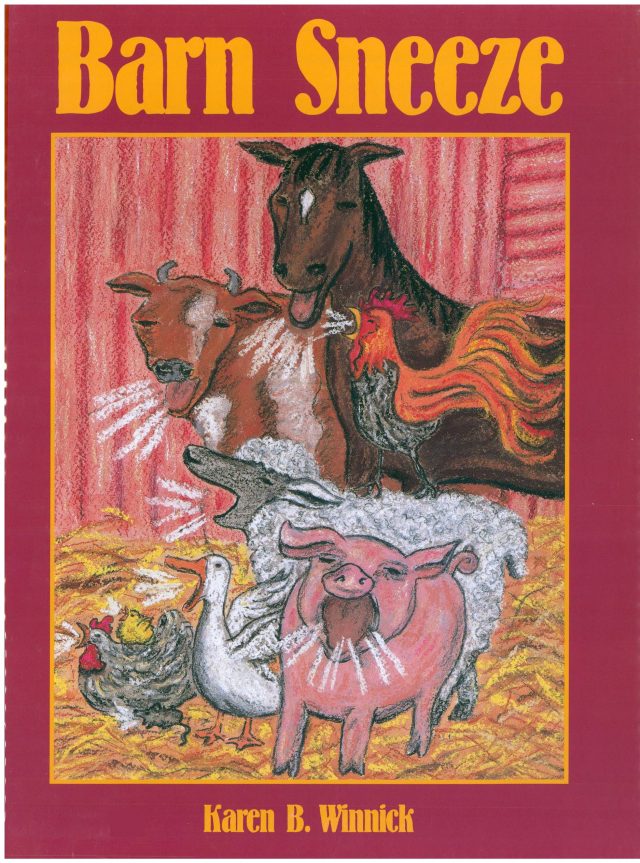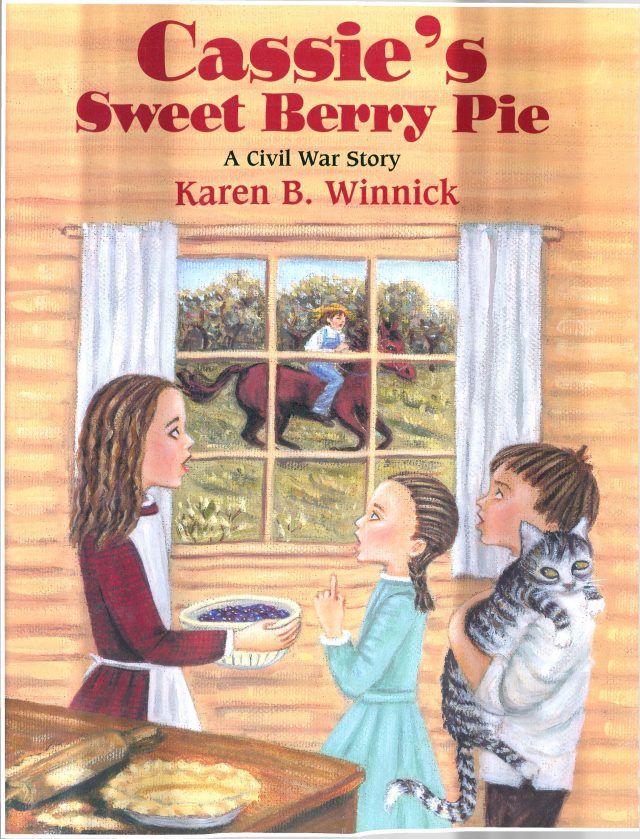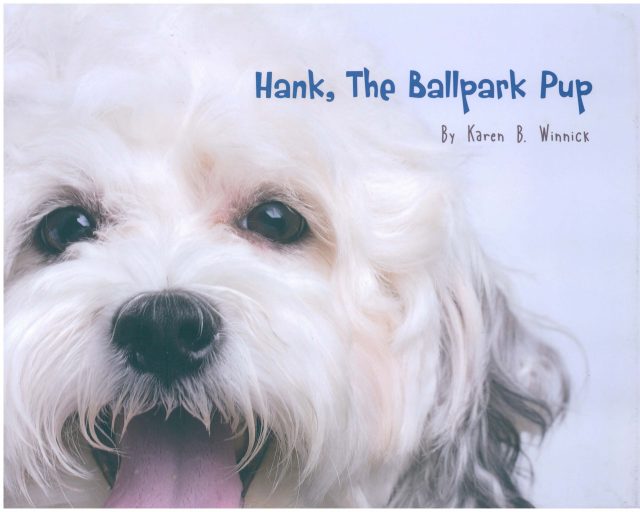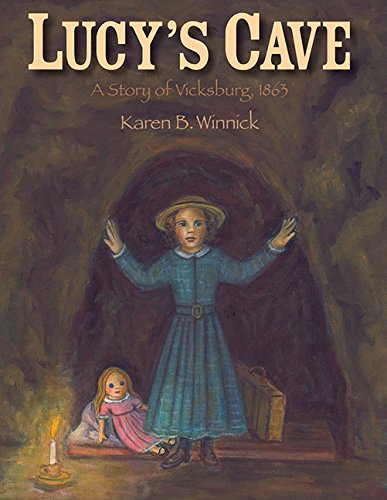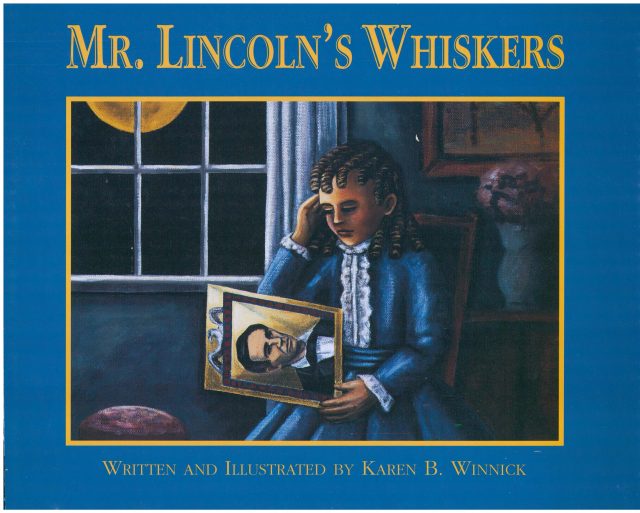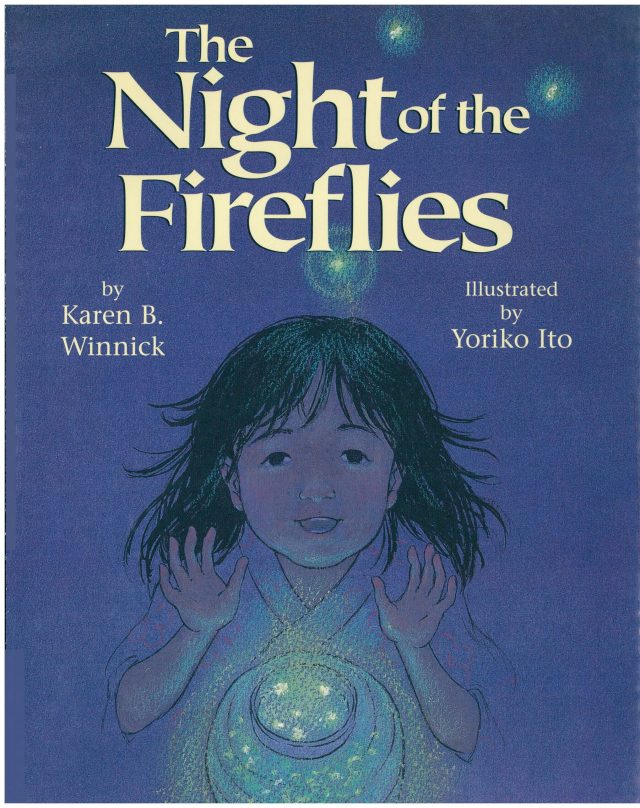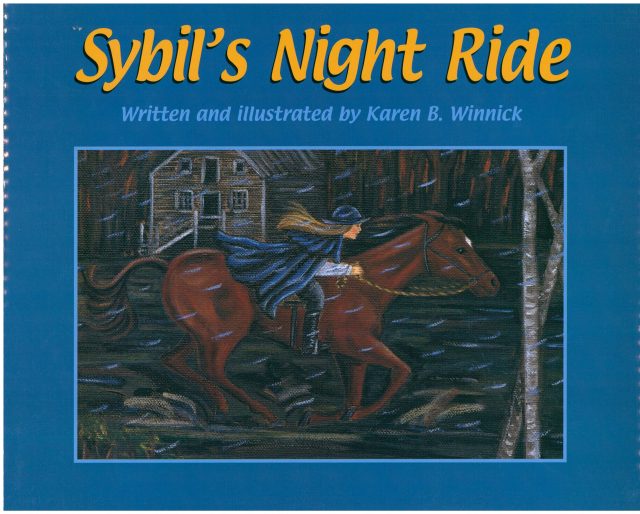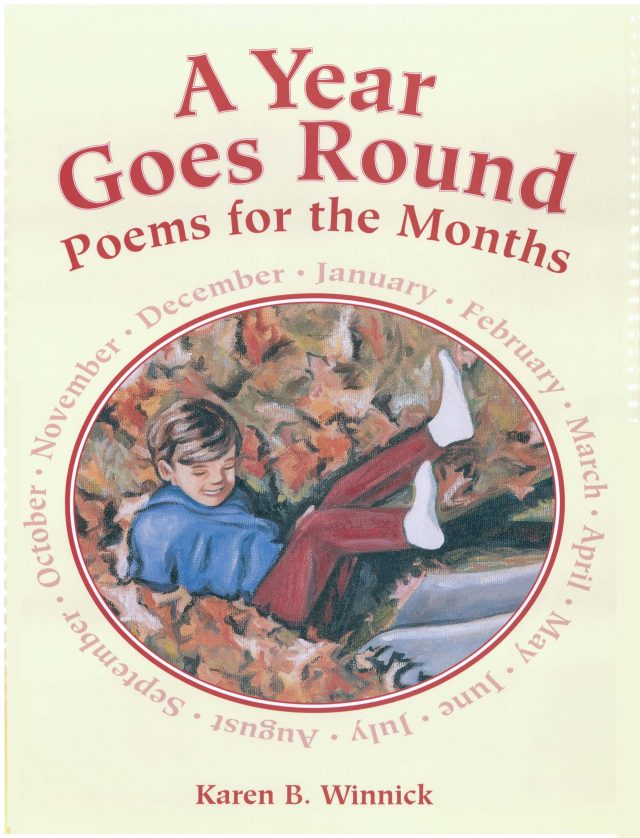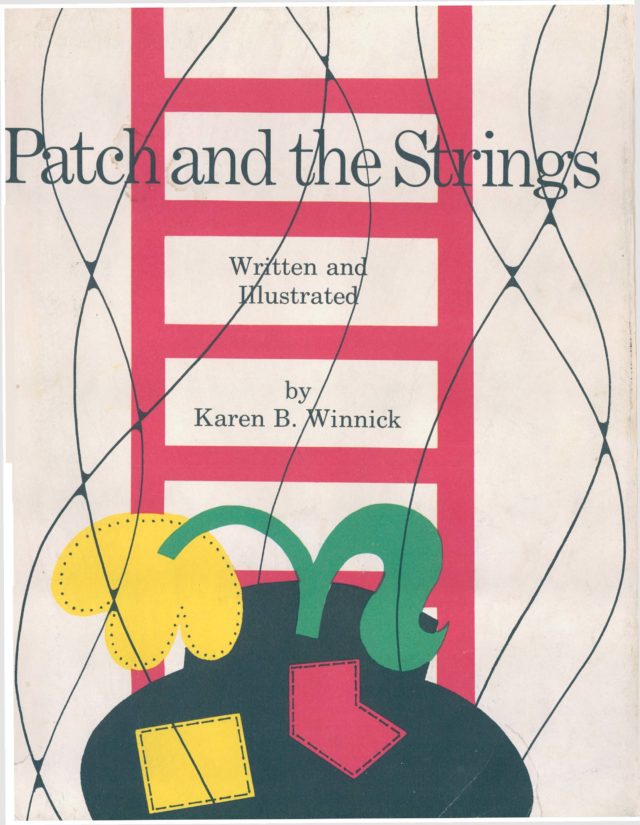- Read one poem every month. Talk about what that month brings to mind. Make a list. Now write your own poem choosing one or some of the things on the list. At the end of the year write a poem about your favorite month.
- Make your own calendar for the year. Take twelve sheets of paper and write the name of each month at the top. Draw a picture on each page. Or you could write a line for each month. Find a calendar to see how to make a box to write the days of the week and number the days. Mark important dates in your life, birthdays, holidays, etc. Use it every day!
- April is Poetry Month. Plan different ways to celebrate poetry during the month. Invite a poet to visit your class and share poems with you. Choose a day to read only funny poems or poems about animals. Listen to poems on audio tapes. Work with your class to create a poetry magazine. Read a novel in verse. Research and makes a list of all the different kinds of poetry forms – haiku, sonnets etc. Write a letter to your favorite poet.
Write a story for each month!
Winter Beach: January
Have you ever been to the beach in the winter? Or by a lake? How is it different in the winter from the summer? Compare and write about each.
Snow Angel: February
What kinds of things do you do outside when it snows? Pick one and write a poem about it. If you live in a place where it never snows, write about what February is like where you live. How is it different from the other months?
Quiet Morning: March
What day of the week presents you with a quiet morning? Write about what you do. Describe what you do when it rains outside and you stay inside the house.
Tryouts: April
Have you ever tried out-for a sport, a play, a dance recital? Write about how you felt. Did you make the team, get a part in the play? How did you feel?
Parade: May
Have you ever watched a parade? Been in a parade? Write about what you remember. Make up your own parade. Where is it? What are you celebrating? What kinds of costumes do the participants wear? Are they people or animals? If animals, what kinds?
Swinging: June
Swinging high up gives you a whole new view of things. Imagine you are standing on top of a skyscraper, or a mountaintop or up in a plane. What do you see down below? How does it feel to be up so high? How does it feel when you come down to earth? Write about it.
The Wave: July
Imagine you are being chased. By what? An erupting volcano? A big animal? How do you get away? Do you run? Ride? Fly? Skate away? Or do you hide? Write about what happens. Don’t forget to say if you got away!
City Summer: August
How does a summer in the city differ from a summer spent in the country? Imagine and write about each. Where and how did you spend your summer?
Dodge Ball: September
What do you do at recess? What kind of games do you play? Does it take skill? Is it fun? How many kids can play? Boys and girls? Describe how you like to spend recess.
Disguises: October
Create an imaginary costume for yourself. Who will you be? Draw a picture of you in your costume. Now that you are someone or something else, what happens? Write a story about it.
Feeding the Goose: November
Have you ever found a bird or animal in the wild that was injured or needed care? Did you care for it? What did you feed it? Have you ever fed geese, ducks, and squirrels in the park? Write about the experience.
On Stage: December
Have you ever been in a play? Were you nervous? Try to remember how you felt. What was it like being up on stage? Did you remember your lines? The words to a song? Did you dance? Wear a costume? Write about the experience.
Download the School Curriculum Activities for A Year Goes Round.
Studying poetry for many years with Myra Cohn Livingston, I came to understand that much of poetry was observing the world and expressing through the tools of poetry feelings about that world.
When I write poems I observe the world around me. How do I feel about what I see, hear, touch, feel? These are the thoughts and emotions I try to put into a poem. In the twenty-four poems and paintings in A YEAR GOES ROUND, I tried to capture the wonder and delight, the joys and cares that each month brings.
Other poems of mine have appeared in collections in these books: CLIMB INTO MY LAP (Lee Bennet Hopkins, editor), POEMS FOR FATHERS (Myra Cohn Livingston, editor), I AM WRITING A POEM ABOUT… (Myra Cohn Livingston, editor) and also in Ladybug and Spider magazines.
Here is a poem I wrote that appeared in Ladybug:
Pea Babies
Peel a green pod,
see inside
the bed where little pea heads hide,
tucked in warm
without a peep
like tiny babies
fast asleep.
The idea for this poem came to me after observing a pod and opening it up. All the small peas were cuddled inside!
“Beautiful oil paintings accompany poem for each month of the year. From the wonders of playing outside in the snow to the gaiety of a parade to the fun of trick or treating at Halloween; readers will find poems about familiar events and activities . . .sure to be a welcome addition to any classroom.”—Journal of Children’s Literature
“Short, simple poems, some in rhyming couplets, reflect on the pleasures of each month of the year. Countryside, seashore, and city are settings for myriad activities in which children engage…to complement or introduce a unit on the seasons.”—School Library Journal
“Poems offer insights into children’s seasonal activities. Full-page paintings create warm backgrounds for verses. A variety of rhythms, rhyme schemes.”—Horn Book Magazine

